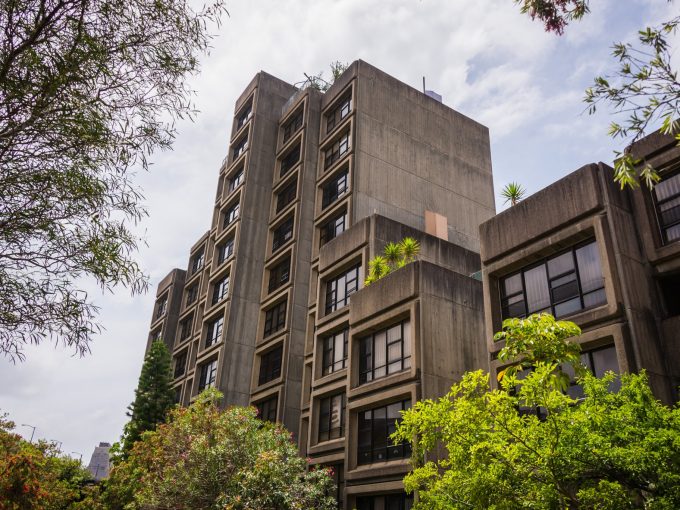Originally published on The Conversation – 18 December 2015
Authors: Crystal Legacy and Daniela Minicucci
The federal government’s recent turn to cities is largely driven by its recognition that Australia’s cities are valuable economic assets. Cities Minister Jamie Briggs called his new job “fundamentally an economic portfolio”.
Since the call for significant investment in cities, there has been no shortage of great ideas on how the government might tackle the intertwined urban, economic and prosperity priorities. And cohesive policies are needed to unlock cities’ productivity potential.
But little is being said about the governance arrangements needed to support these policies. In particular, there is a need for integrated planning and infrastructure funding.
Urban governance arrangements ought to acknowledge both the federal government’s important role and the critical role of local citizens and community interest groups. They should be seen as co-operative players in crafting urban policies.
In setting the national urban policy agenda, is the whole not greater than the sum of its parts?
A national focus, but with a local impact
The investment priorities set by federal and state governments uniquely impact local neighbourhoods and local identity.
The construction of mega urban infrastructure projects temporarily disrupts local life. But such projects also promise long-term transformation and renewal. This happens through development, population and jobs growth, and the revitalisation of neighbourhoods.
And the whole is better for it. Nationally significant urban economic priorities are advanced through bit-by-bit local outcomes.
But when the impact on communities is not well considered – such as when urban infrastructure projects are prioritised beyond the public domain and social or political assessments are cut off from public discussion – community protests loom.
Across this landscape, community-led advocacy campaigns will emerge to steer governments toward a different approach. This happened recently in Melbourne with protests against the East West Link.
More of the same is unfolding in Sydney over the WestConnex project. Community groups continue to denounce the NSW government’s road-building agenda as a poor solution to the city’s transport problems.
Cannot ‘manage out’ community opposition
The cities minister has noted the importance of a national-local relationship for strong urban policy. In a keynote address at the Developing Greater Sydney Conference in October, Briggs said:
The outcome we seek is to deliver policies that attract and keep the best global talent, address the growing intergenerational inequity in our suburbs and ultimately improve the opportunities and lifestyles for all.
Briggs also said the new Cities and Built Environment Taskforce would consider “the challenge of community opposition” to urban infrastructure. What this actually means, and how it might be addressed, is unclear.
Briggs recognises the need to work co-operatively across state and local government. He said to expect the federal government to be not only:
… a very co-operative partner but one focused and willing to act to achieve outcomes.
But to mitigate community opposition, a careful rethink is needed on how governments and infrastructure agencies – such as Infrastructure Australia and its state equivalents – invite residents and community groups to engage in national and state-level decision-making on urban policy.
Crucially, greater attention must be given to how infrastructure delivery decisions align with the objectives of the local – often community-driven – strategic planning vision.
A transparent approach to the sequencing of infrastructure delivery will ensure communities get the right projects at the right time in the right place.
Placing residents and communities at the agenda’s core
Large urban infrastructure proposals will always attract nuanced degrees of support and opposition from community groups and residents.
Despite efforts to engage citizens early in planning processes, if concern mounts around a project deemed not right for the community, or advocacy groups caution that other possibilities were not considered, community opposition will certainly grow. Briggs called this:
… a problem that continues to hold our cities’ growth back and particularly challenges the capacity of governments to deliver the amenity required for greater density.
Briggs and the taskforce will seek to work collaboratively with all levels of government to fulfil its mandate. But there has been scant mention of how national-level interests will work with resident and neighbourhood groups. There needs to be a clear push for inclusion in city planning.
The collaborative dimensions of urban policy development and delivery are often neglected. Governments commit to “good” governance with little explanation of what that may look like in practice and what role communities may play.
But it is certainly within governments’ capacity to work with the community. In fact, it is their responsibility to ensure genuine local representation on the urban agenda.
Failing to tap the rich local knowledge and diverse expertise of groups with an interest in planning the places most meaningful to them risks a failure of democracy. It’s not a risk worth taking.





